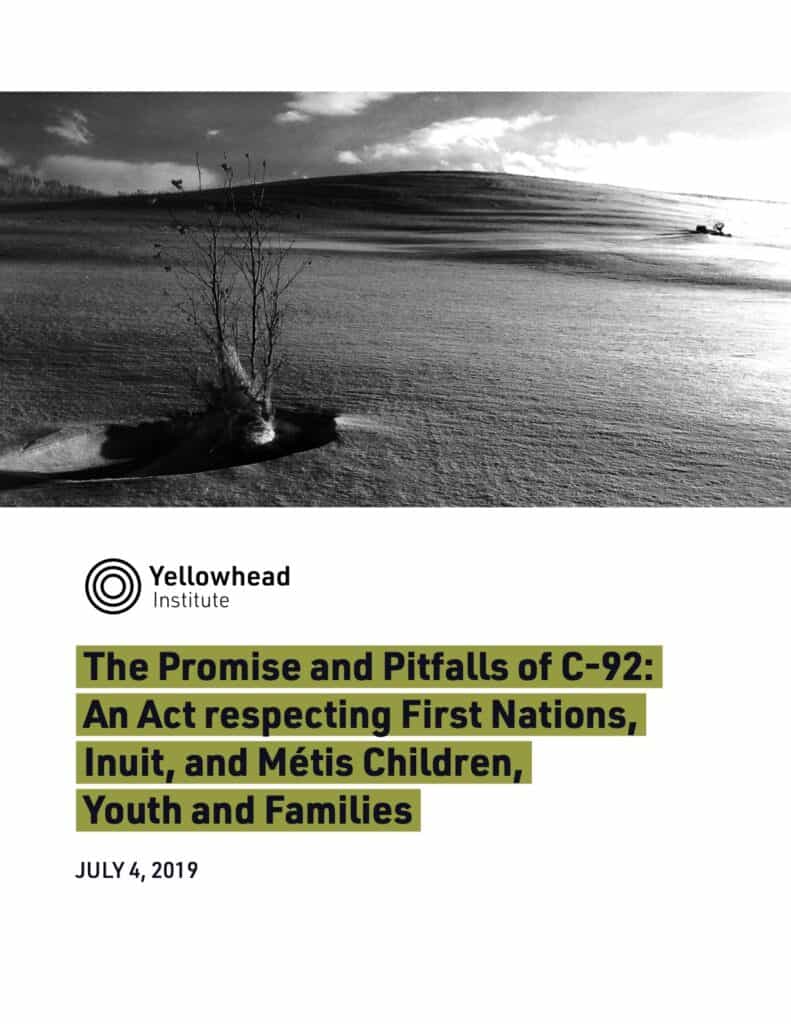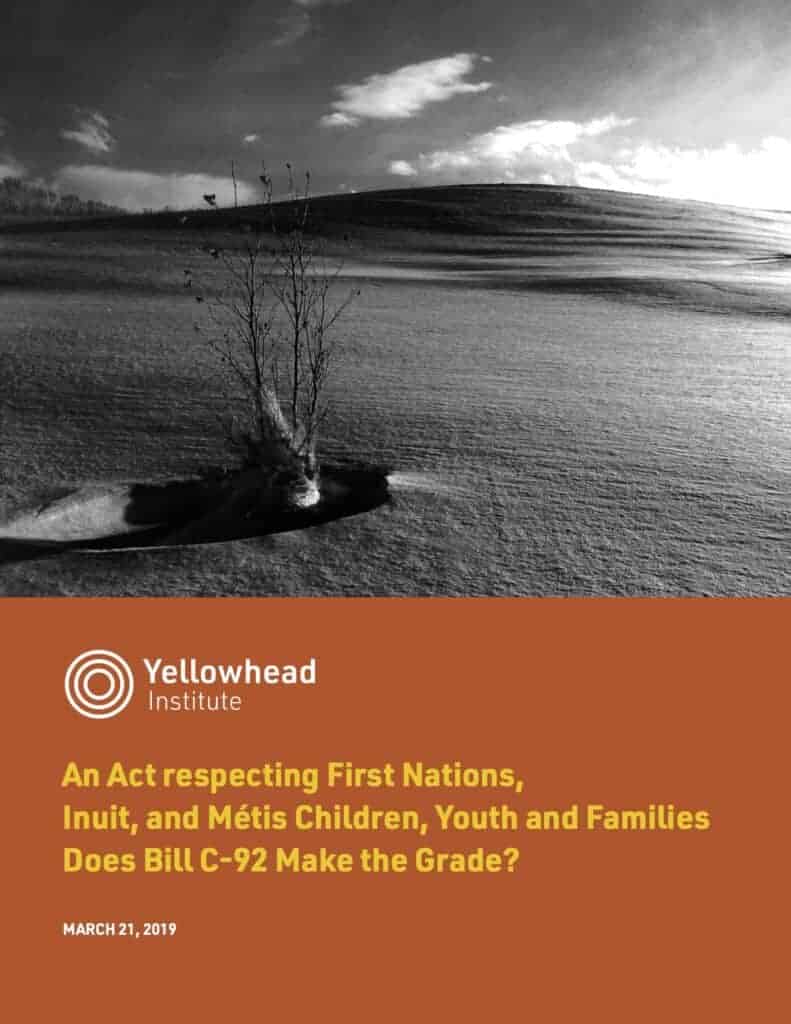- About
- Research
-
-
- Special Reports & Features
- Pretendians and Publications: The Problem and Solutions to Redface Research
- Pinasunniq: Reflections on a Northern Indigenous Economy
- From Risk to Resilience: Indigenous Alternatives to Climate Risk Assessment in Canada
- Twenty-Five Years of Gladue: Indigenous ‘Over-Incarceration’ & the Failure of the Criminal Justice System on the Grand River
- Calls to Action Accountability: A 2023 Status Update on Reconciliation
- Data Colonialism in Canada’s Chemical Valley
- Bad Forecast: The Illusion of Indigenous Inclusion and Representation in Climate Adaptation Plans in Canada
- Indigenous Food Sovereignty in Ontario: A Study of Exclusion at the Ministry of Agriculture, Food & Rural Affairs
- Indigenous Land-Based Education in Theory & Practice
- Between Membership & Belonging: Life Under Section 10 of the Indian Act
- Redwashing Extraction: Indigenous Relations at Canada’s Big Five Banks
- Treaty Interpretation in the Age of Restoule
- A Culture of Exploitation: “Reconciliation” and the Institutions of Canadian Art
- Bill C-92: An Act respecting First Nations, Inuit, and Métis Children, Youth and Families
- COVID-19, the Numbered Treaties & the Politics of Life
- The Rise of the First Nations Land Management Regime: A Critical Analysis
- The UN Declaration on the Rights of Indigenous Peoples in Canada: Lessons from B.C.
- View all reports.
- Special Reports & Features
-
-
- Yellowhead School
- The Treaty Map
- LIBRARY
- Submissions
- Donate
SPECIAL REPORT SERIES
Arguably, the signature piece of legislation from the Liberal government on Indigenous issues over the past four years is Bill C-92 An Act Respecting First Nations, Inuit and Métis Children, Youth and Families.
Yellowhead Institute collaborated with legal scholars working in the area of Indigenous law to critically examine the Bill as it moved through committee and the Senate, eventually passing in June 2019. Here, we share two reports – Does Bill C-92 Make the Grade? which we released in in March 2019 and The Promise and Pitfalls of C-92, our most recent analysis of the final version of the act. While there are some strong elements of the legislation that will empower First Nations, there are limitations as well, which if left unaddressed, with perpetuate the status quo.
On June 21, 2019, Bill C-92 An Act Respecting First Nations, Inuit and Métis Children, Youth and Families became law.
The Bill is a huge and unprecedented step forward in Canada. It is the first time the federal government has exercised its jurisdiction to legislate in the area of Indigenous child welfare. The purposes of the Bill is to recognize Indigenous People’s jurisdiction over child and family services, as part of an inherent and Aboriginal right to self-governance; to establish national standards in this area, in response to the TRC’s Call to Action #4; and to contribute to the implementation of UNDRIP.
In March 2019, Yellowhead published An Act Respecting First Nations, Inuit and Métis Children, Youth and Families: Does Bill C-92 Make the Grade?, an analysis by five legal scholars that raised a number of serious concerns with the proposed bill. Since the bill has passed, three of the five authors of that report followed up with an updated analysis, identifying both the improvements in Bill C-92 since that initial report as well as the key problems that remain. Finally, the authors also share 21 implementation strategies to assist Indigenous communities in trying to work with the new law.
KEY QUESTION
The ground-breaking recognition and fundamental shift Bill C-92 represents is necessary, and long overdue. The question remains, as it passes into law, is it sufficient?
RELATED RESOURCES
factsheet
Bill C-92 Implementation Strategies
This factsheet outlines 21 implementation strategies to assist Indigenous communities in trying to work with the new law.
It is important to turn now to supporting communities prepare for the legislation, including providing information on the implementation process, ensuring adequate funding is obtained, and establishing the institutions to develop child welfare laws and practices.
AUTHOR

Naiomi Walqwan Metallic
Listuguj Mi’gmaq First Nation, Gespe’gewa’gi
AUTHOR

Hadley Friedland
AUTHOR

Sarah Morales
Su-taxwiye, Coast Salish
PHOTOGRAPHER

Stan Williams
Mohawk, Anishnaabe
On Thursday, February 29, 2019, the federal government introduced Bill C-92, An Act respecting First Nations, Métis and Inuit children, youth and families for first reading.
After many years of well-documented discrimination against Indigenous children, there is much hope in this legislative process to reverse this trend, empower Indigenous peoples to reclaim jurisdiction in this area, and ensure the rights of children are affirmed. To realize those hopes, five legal scholars working in the area of Indigenous law have drafted this analysis with the aim to improve the current legislation as it moves through committee and the Senate. They have identified five key areas in the legislation that should be addressed in order to make meaningful change in the lives of Indigenous children and families.
In this report, they share their findings in these areas and the grades (A to F) they have assigned based on how the bill performs in each.
KEY QUESTION
How does Bill C-92 perform in the following five key areas that should be addressed in the legislation? 1. National Standards; 2. Funding; 3. Accountability; 4. Jurisdiction; and 5. Data Collection and Reporting
RELATED RESOURCES
FACTSHEET
Does Bill C-92 Make the Grade?
These Standards of Achievement represent an intervention into an ongoing conversation, but one that has yet to be fully public. It draws on the voices of generations of Indigenous voices – but those who are currently grappling with this pandemic specifically – and the work of the handful of inquiries that have investigated these challenges.
While Canada is presenting Indigenous jurisdiction as the main selling feature of this Bill…without adequate funding, this will simply be jurisdiction to legislate over our own poverty.
AUTHOR

Naiomi Walqwan Metallic
Listuguj Mi’gmaq First Nation
AUTHOR

Hadley Friedland
Dene and Ts’msyen citizen
AUTHOR

Sarah Morales
Su-taxwiye, Coast Salish
AUTHOR

Jeffery Hewitt
Mixed descent Cree
AUTHOR

Aimée Craft
Anishinaabe/Métis, Treaty One
PHOTOGRAPHER

Stan Williams
Mohawk, Anishinaabe




